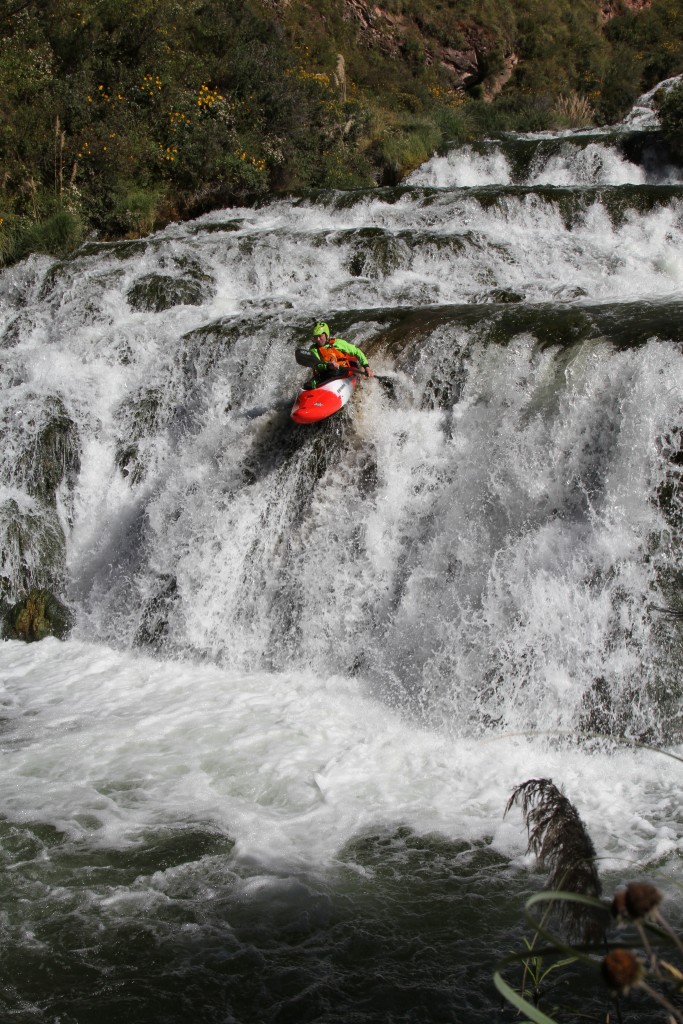It’s been a while since we got back from the trip. It’s always great to have time to reflect. Can be quite a significant opportunity – a good chance to ask why did I go?
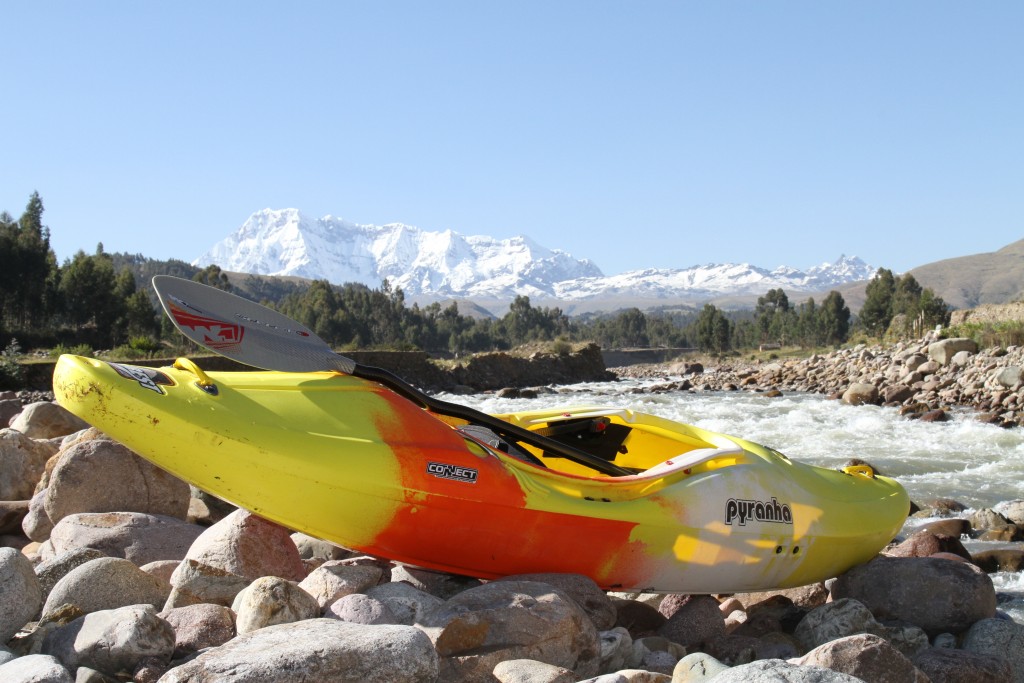
There’s lots of reasons why we do these things. As far as the collective goal goes we were hoping to do explore the possibilities offered by a couple of rivers. And in doing so raise the paddling profile of Peru a little. Personally speaking, expedition paddling is about the combination of wanting to visit places where no-one/hardly anyone has been AND can I then cope?
It was great to welcome James to the Below and Beyond family. The team is so important – pretty much the reason we paddle together.
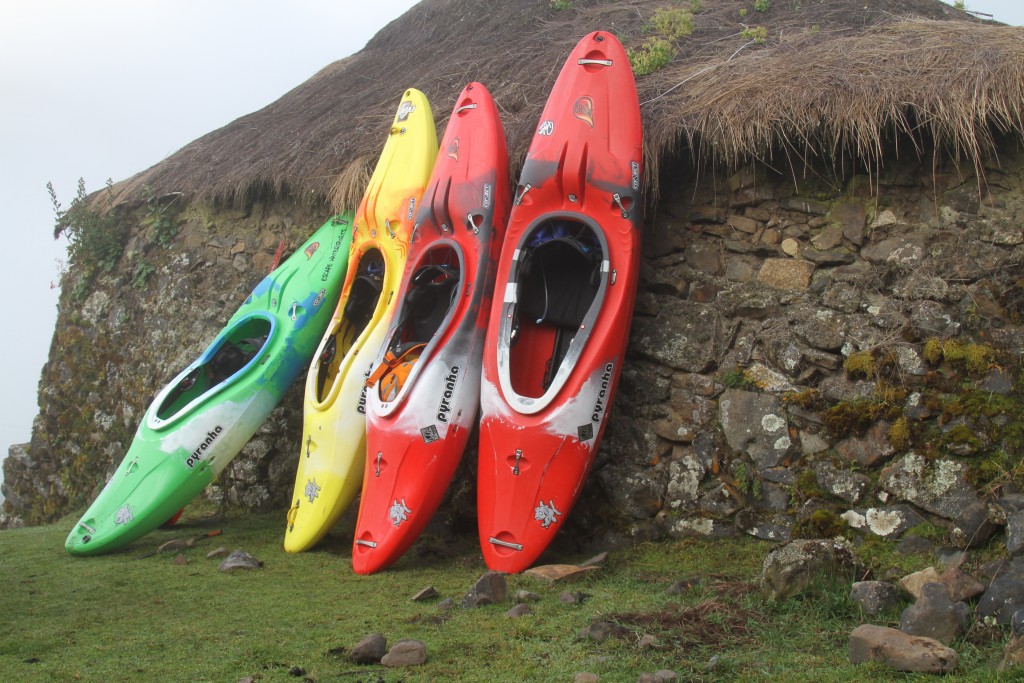
The trip started as it went on – busy! We landed in Cusco, heads spinning with the altitude. Next thing we know we’re on a section of the Urabamba paddling alongside Pauls kids in a raft! Followed by the second(?) descent of the Rio Pomacanchis, second (?) descent of the Mapacho, a high water Tono, a high water (lower) Kosnipata, the Black canyon of the Apurimac and a very high water run on the Granite canyon of the Apurimac.
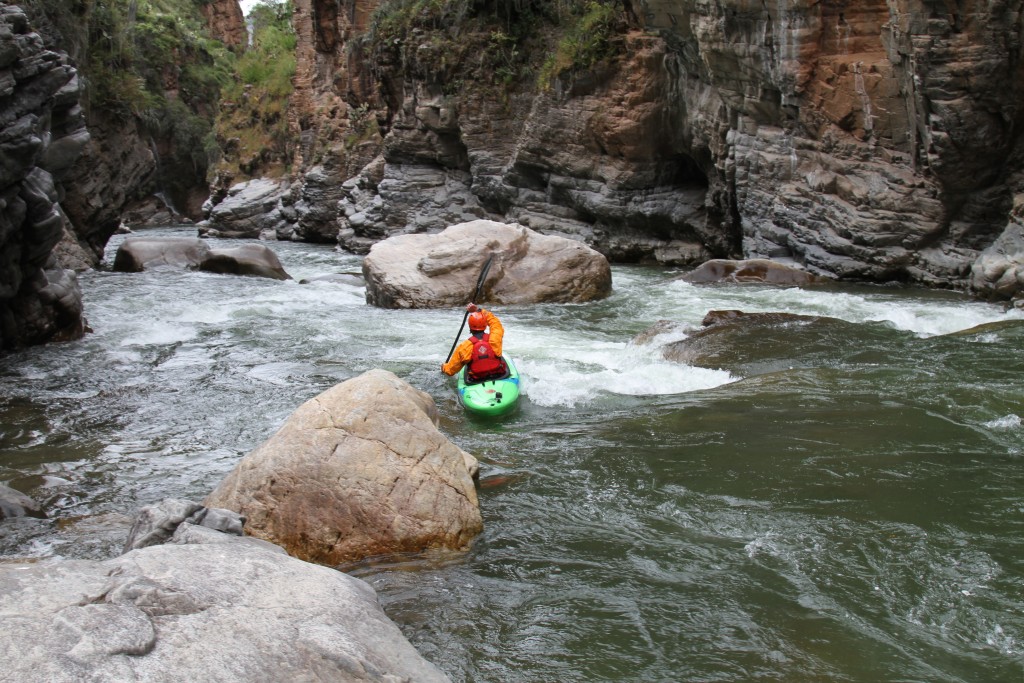
But none of the above were why we were really there! The Rio Queros has been on my mind for 13 years now… Tales of remote Jungle, uncontacted tribes, Indian tribes that still life as the Incans did (or at least a close approximation!), epic walk-in (from 4500m) and paddle out (at 800m) and the possibility that I did the first (?) descent of the lower section of the river all those years ago! Unfortunately Paddington Bear ruined this trip for us – that and some serious mis-information! The Queros Indians – a mountain tribe, who have the closest genetic make-up to the Incans, live at 4500m. We agreed with them that they would porter for us the two days they said it would take to get to the limit of their tribal area – also the ideal put-in for the river. The first days trek was remarkable, utterly beautiful. We arrive at one of their villages where we rest at 3300m, to ready ourselves for the next day down to the put-in.
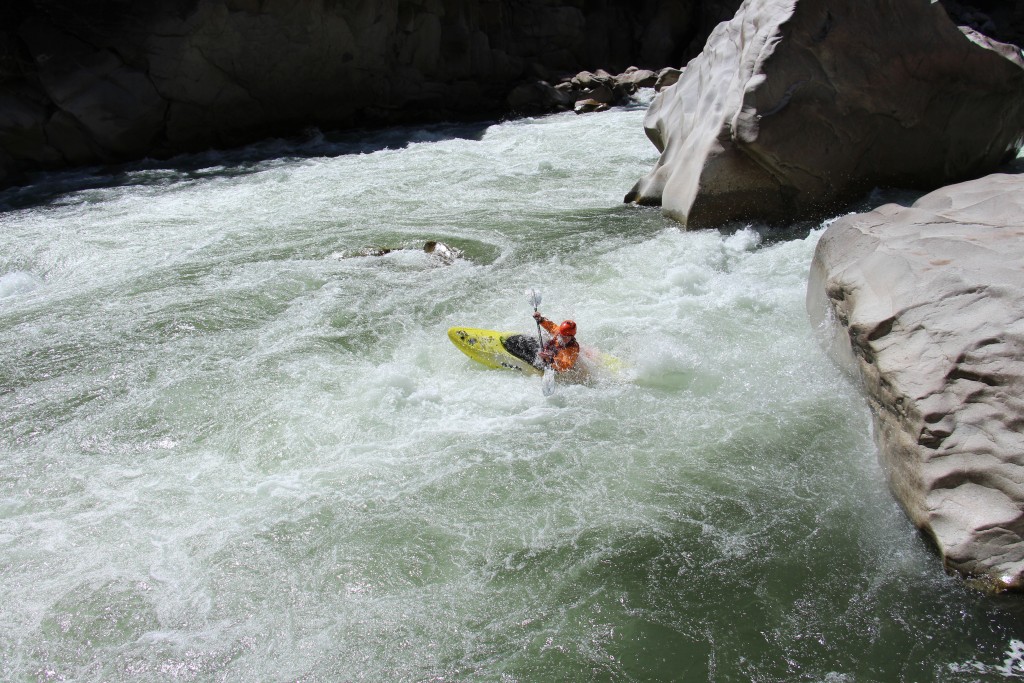
It is there that they inform us that it will take a further (up to) 4 days to reach the river – and they had no food for that journey! Aaaaargh! We’ve only got 4 days food for 4 of us! That’s that then, we plan for the trek out. Bugger. It transpires that 4 years ago it was possible to get to the put-in in a two day trek, as they used to grow Maize in the area…. But – in recent years the Spectacled Bears would come out of the cloud forest and eat their crops! So they no-longer farm in that area, the paths have returned to Cloud forest, the bridges fallen and landslides destroyed the paths.
So, put the Rio Queros on the list for next time! On to the Rio Santa Tomas. The main reason for paddling the Black canyon of the Apurimac is that the St Tomas is a tributary. From the Apurimac we could get an idea of the flow in the St Tomas. Bit high but ok…
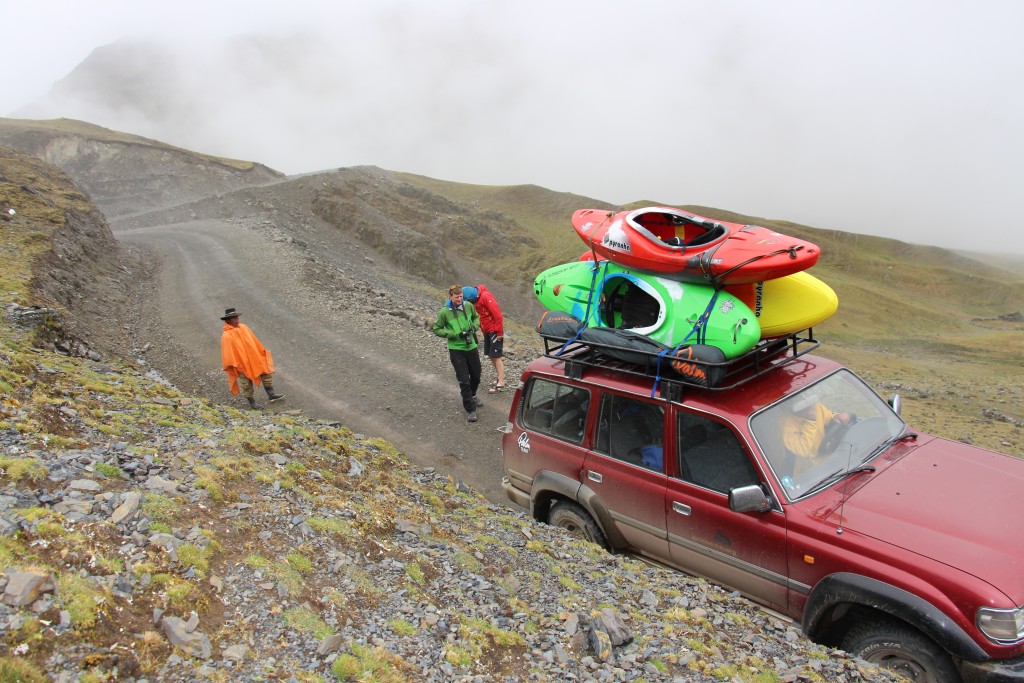
BIG drive to get to the put-in, we wanted to inspect as much as possible prior to committing – box canyon country! The river seemed pretty low at the put-in. Pretty quickly however things changed! A day and a half of some of the best boating I’ve ever done. Pretty committing, full-on (for me, I was at my limit). Paul, Dan and James were totally on it, cruising! At the last road bridge all the evidence was suggesting that I should get off – already at my limit, the river got steeper and went into longer, deeper box canyons. The others still had another gear to go. They commit. By the time I get back to Cusco and have a cold one in my hand, the boys are up to their necks in a quality sufferfest. More great boating, swiftly followed by inspection/portage/desert(very uphill) trekking with boats, etc. But the right call to go for it – it could have been amazing!
All in all a fantastic trip. Not exactly successful, unless success is; not getting hurt, laughing a lot, meeting some amazing people, going to incredible places, doing plenty of great boating and even better friends than before!
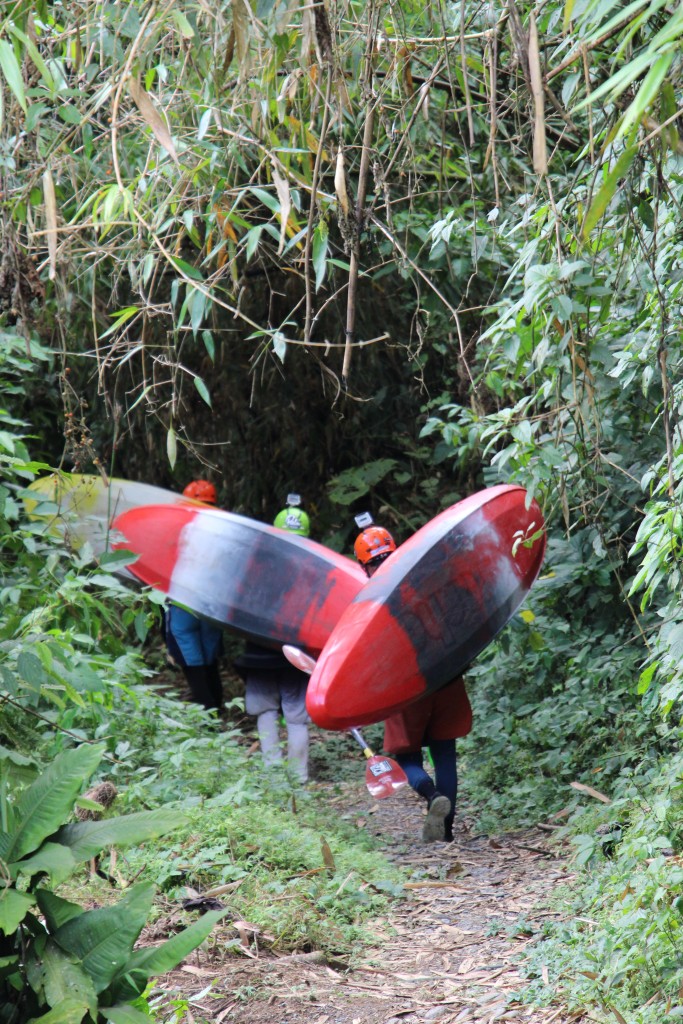
Thanks to Pyranha for the boats – brilliant. Especially impressed with the way the (relatively small in comparison with the Burn XL and Everests) Large Burn coped with the exped loading.




